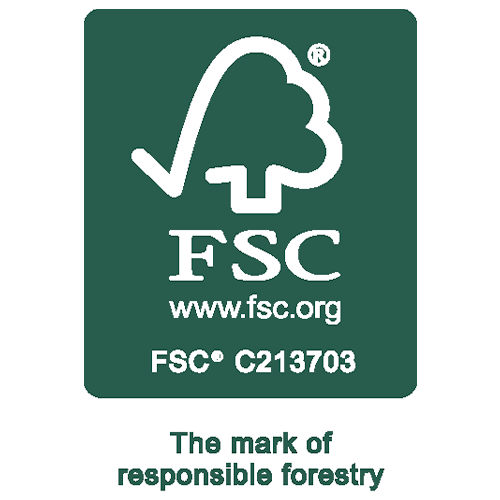Gutchess Lumber Co., Inc.’s “Words from the Woods” series consists of a monthly article written by our fifth-generation President and Chairman Matthew Gutchess. This is the first article in the series, written April 6, 2021.
Hello! I am Matt Gutchess, President and Chairman of Gutchess Lumber and its affiliated brands, including our online retail division Forest 2 Home. I’m also a first-time blogger who is looking forward to discussing various topics which I hope could be of interest to readers. As a reader, you could be a real or potential employee, a family member of an employee, a customer (or a customer of a customer), a supplier, a contractor, a competitor, an associate of the industry, an acquaintance, a friend; the possibilities are limitless. It is quite outside of my current experience to write for such a diverse audience, but I hope to change that.
I also happen to own a small woodlot—35 acres or so—adjacent to my house here in Cortland, New York. Through multiple generations of family ownership, we have been growing high quality Sugar Maple with smatterings of Ash, Beech, Cherry, Hickory, Red Oak, Walnut, and other species of hardwoods (with a little White Pine thrown in, and even a Cottonwood, a Quaking Aspen, and a Butternut or two). Harvested midwinter in 2018 by a single area logger—a top professional—the natural regeneration in these woods since has been both personally and professionally interesting to observe. It had been many years since true sunlight had reached any part of this forest floor; lack of light combined with severe deer browse doomed any new trees from any possibility of growing. Prior to 2018, the few trees shorter than 20 feet tall in these woods were badly suppressed. The harvest did not solve my deer problem—harvests rarely do—but four spring seasons of significant new light reaching the ground are nevertheless doing wonders for the transformation of my forest.
Several months prior to this 2018 harvest, the experienced forester who walked these woods with me commented that they were park-like. Today, tree-tops cover wide stretches of the ground, returning essential nutrients to the soil from which they came and hopefully also sheltering seedlings of true native hardwoods against the deer and encroaching invasive species. Time will tell how successful these regeneration strategies will be. Time will also soon break down and obscure these tops, and evidence of the harvest will become difficult for non-experts in forestry like me to find.

Matthew Gutchess’ woodlot
I’d like to focus much of my blog on this woodlot, in which I spend so much of my Saturday and Sunday mornings, rain or shine. Sticking to a reasonable budget, how can I best help these beautiful native species to overcome the challenges which surround them? Is it a lost cause, or can I prove to myself that basic principles of active forest management can help save 35 acres, or by extension save upstate New York’s world-renowned native timber, and maybe even our environment along the way?
Matt

